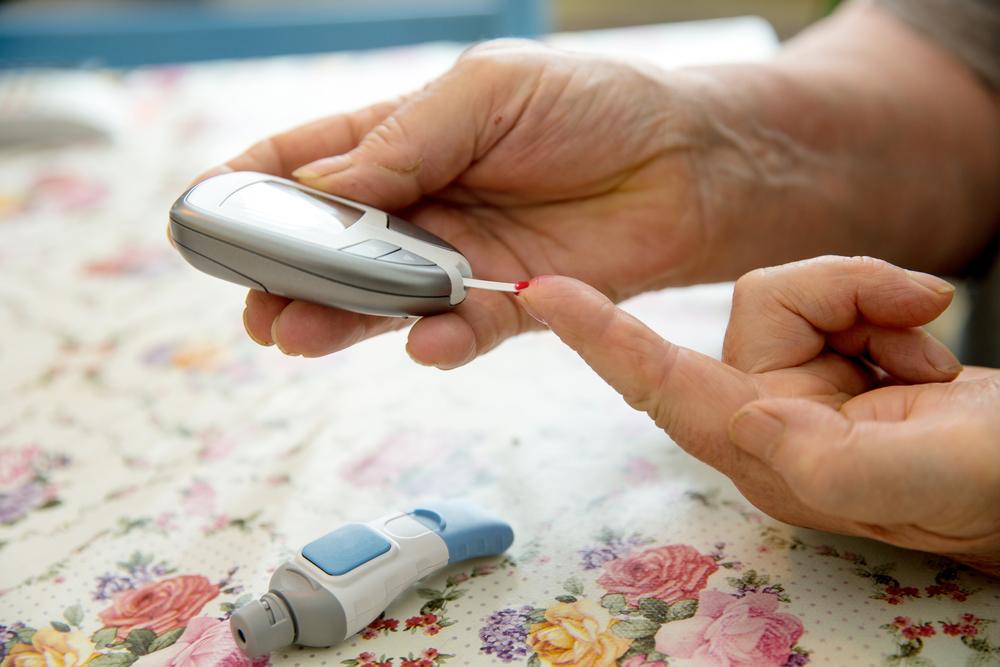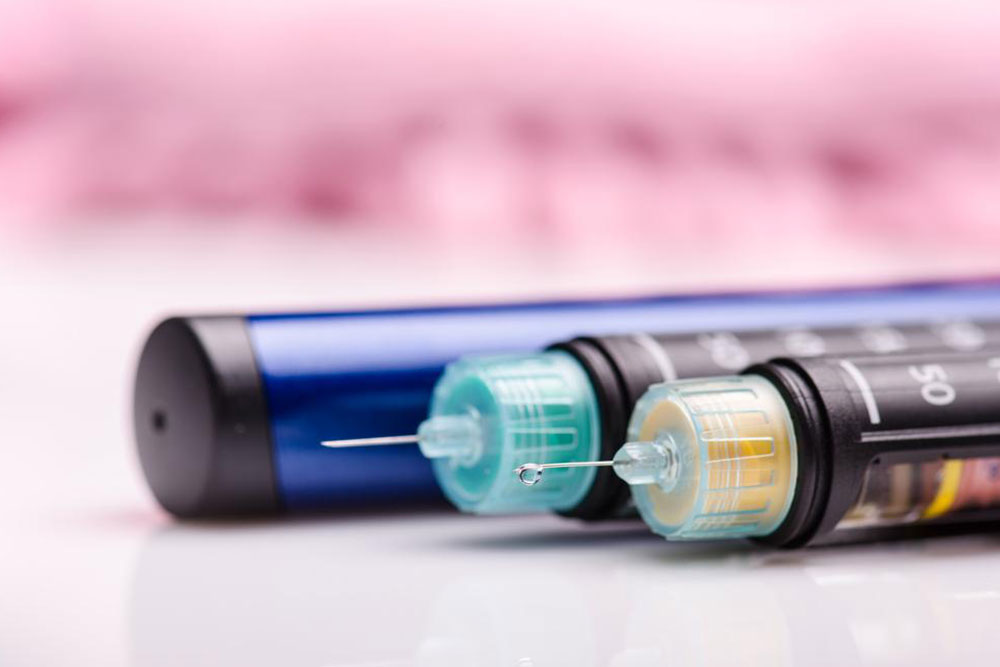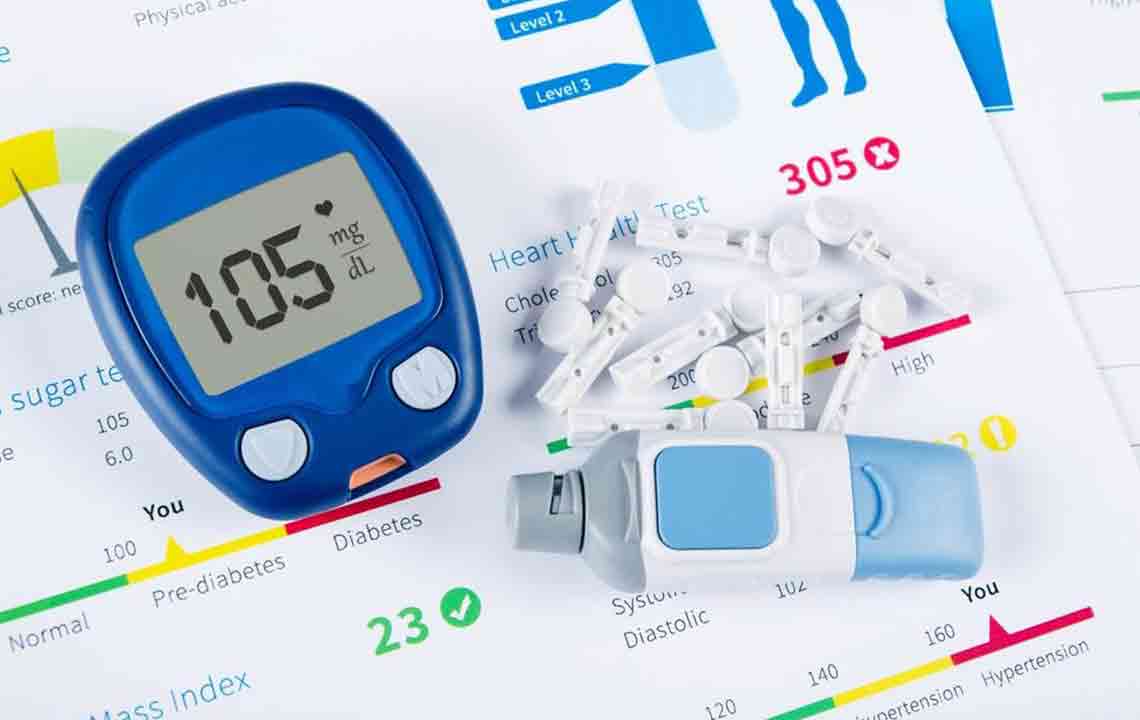Understanding Type 2 Diabetes: Symptoms, Causes, and Management
This article offers a comprehensive overview of type 2 diabetes, including symptoms, causes, risk factors, potential complications, and treatment options. Early recognition and management are emphasized to prevent severe health issues. The piece also highlights when to seek medical advice and details various insulin therapies used in management. It is essential for readers to understand the importance of professional consultation for proper care and to stay updated on the latest developments in diabetes treatment.

Understanding Type 2 Diabetes: Symptoms, Causes, and Management
Type 2 diabetes is a chronic condition characterized by the body's resistance to insulin or inadequate insulin production. This hormone is essential for allowing glucose to enter cells for energy. Causes include genetics, certain viruses, and environmental factors. Although treatments exist, there is currently no cure. Symptoms can develop rapidly and include blurry vision, fatigue, mood swings, unintended weight loss, hunger, frequent urination, and increased thirst. Early diagnosis and management are crucial to prevent serious complications.
When to Seek Medical Advice
Consult a healthcare professional if experiencing any symptoms for timely diagnosis and treatment.
Risk factors involve family history, genetic predisposition, and geographical location, with increased risks away from the equator. Left untreated, type 2 diabetes can lead to severe complications such as heart disease, nerve damage, kidney issues, eye problems, foot complications, skin conditions, and pregnancy-related challenges.
Medications for managing type 2 diabetes include various insulin types:
Short-acting insulin: Humulin, Novolin
Rapid-acting insulin: NovoLog, Humalog, Apidra
Intermediate-acting insulin: Humulin N, Novolin N
Long-acting insulin: Tresiba, Toujeo, Lantus, Levemir
Combination insulins: Ryzodeg, Humulin 70/30, Novolin 70/30, Humalog Mix 50/50, Humalog Mix 75/25
Causes
The primary cause remains unknown, but it is believed to involve the immune system attacking insulin-producing cells, alongside genetic factors and environmental exposures. Research continues to explore these contributing elements.










